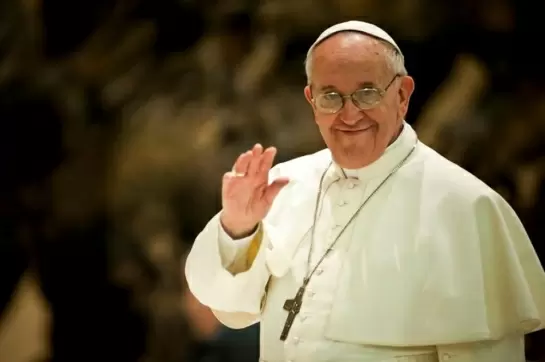Post-treaty, Darjeeling tourism eyes revival
27-July-2011
Vol 2 | Issue 29
Since the days of British India, Darjeeling, with its varied landscape and breathtaking beauty, has been a favourite and affordable tourist destination not only for Bengalis but also for people across the globe.
But all that changed with the revival of violent agitations in support of formation of a separate state of Gorkhaland by the Gorkha Janamukti Morcha (GJM) in 2008.
Now, with the inking of a peace accord, the tourism industry in Darjeeling in the northern hills of West Bengal is hoping for the return of the good old days.
"Tourists want safety and peace. The tourism industry cannot survive under the sword of blockades and strikes. We hope the tourism industry will be back with a bang after this agreement," said Samrat Sanyal, president of the Eastern Himalayas Travel and Tour Operators Association (EHTTOA), an apex body of tour operators in eastern and northeastern India.
The signing of the tripartite pact among the GJM and the state and central governments July 18 has sent a wave of joy among tour operators.
Darjeeling with its famous toy trains, ropeways, sunrise point of Tiger hills, natural waterfalls, monasteries, winding roads and tea plantations used to draw about 400,000 tourists every year prior to the agitations beginning 2008, with the majority visiting during the peak season from March to June and August to October.
"But hotel rooms are vacant since 2008, even during peak season. Now we hope the situation will change for the better," said Biswajit Saha, who runs a hotel and guesthouse here.
Tourism, one of the economic mainstays of the hills, experienced a steep downfall in the early 1980s due to Gorkhaland National Liberation Front (GNLF) supremo Subash Ghisingh's violent agitation for Gorkhaland, resulting in the loss of lives of hundreds of people.
In 1988, both the central and West Bengal governments, along with Ghisingh, agreed on the formation of an autonomous administrative body.
The accord not only brought back peace but also tourists in the subsequent years.
But the ghost of Gorkhaland returned to haunt the hills after the GJM, led by Bimal Gurung, took over the reins of the movement and forced Ghisingh out of the hills.
Tourism, which recorded an upward graph in the beginning of the 21st century, saw a huge drop following the political chaos.
The population of Darjeeling district is 1.8 million. Tourist arrival during 2003-2005 was around 400,000. However, the political turmoil took a heavy toll on tourism, and the footfalls came down by 60-65 percent.
"The tourism industry faced heavy loss due to these agitations. The tourist inflow and revenues dropped by 65 percent," EHTTOA chairman Raj Basu said.
The GJM, meanwhile, blames the previous Left Front government for the decline of the tourism business.
"The Left Front didn't create any infrastructure for tourism. We will create infrastructure for tourism such as better roads, drainage and other things," said GJM spokesman and state lawmaker Harka Bahadur Chhetri.
The Trinamool Congress-led state government has promised to convert North Bengal into a Switzerland, with Darjeeling as its focal point.
"We have very big plans. We have plans of bringing the tourism of Darjeeling, parts of Sikkim and Dooars under one umbrella," said state Tourism Minister Rachpal Singh.
The central government too is supportive of the state government's initiatives.
"We will support the state government in each of its step to boost Darjeeling tourism," said union Minister of State for Tourism Sultan Ahmed. - IANS














